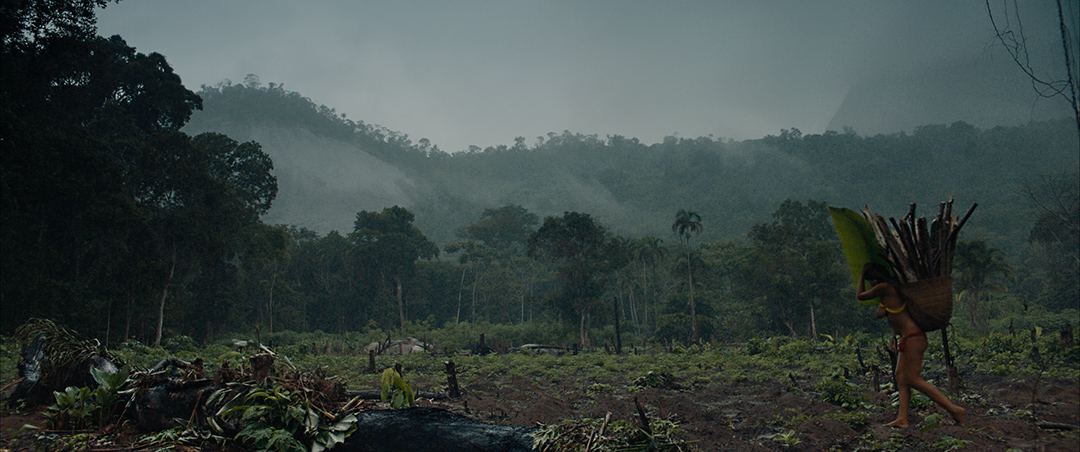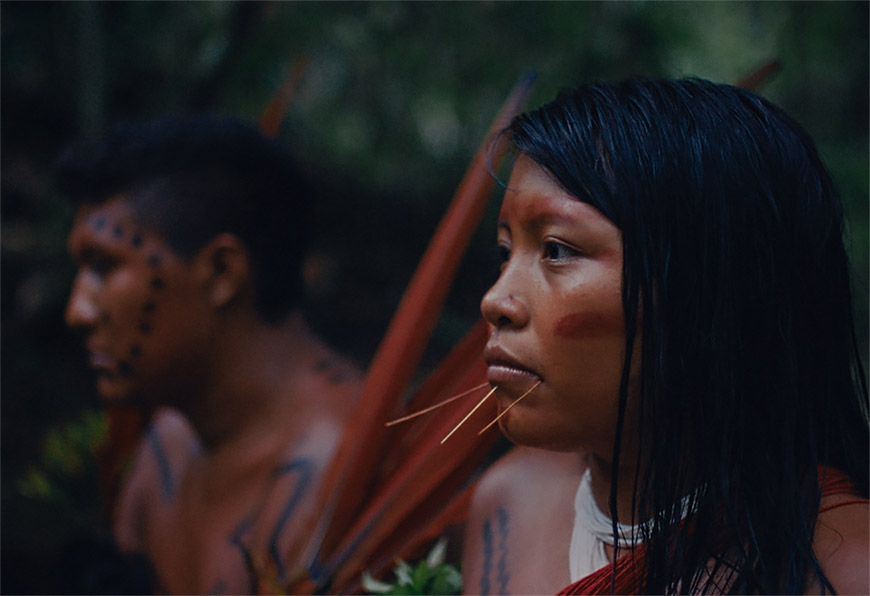

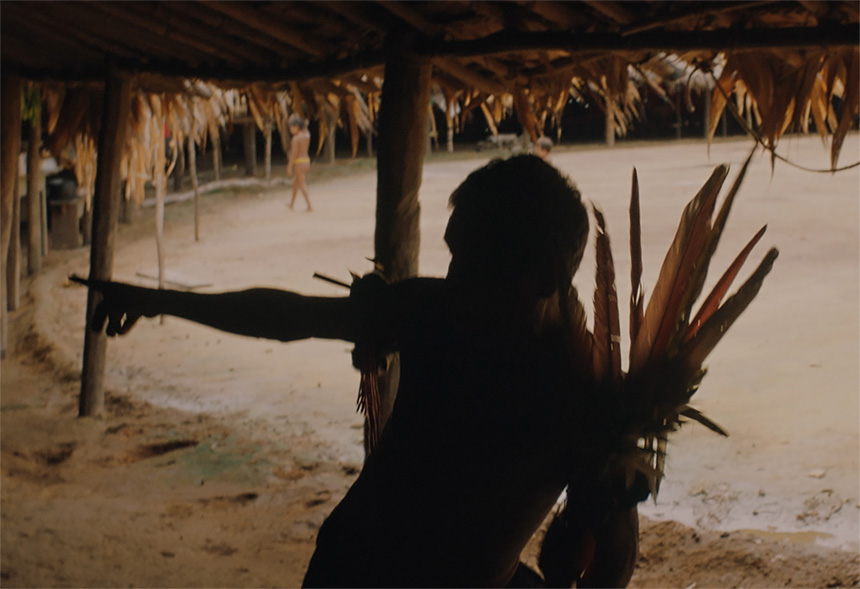
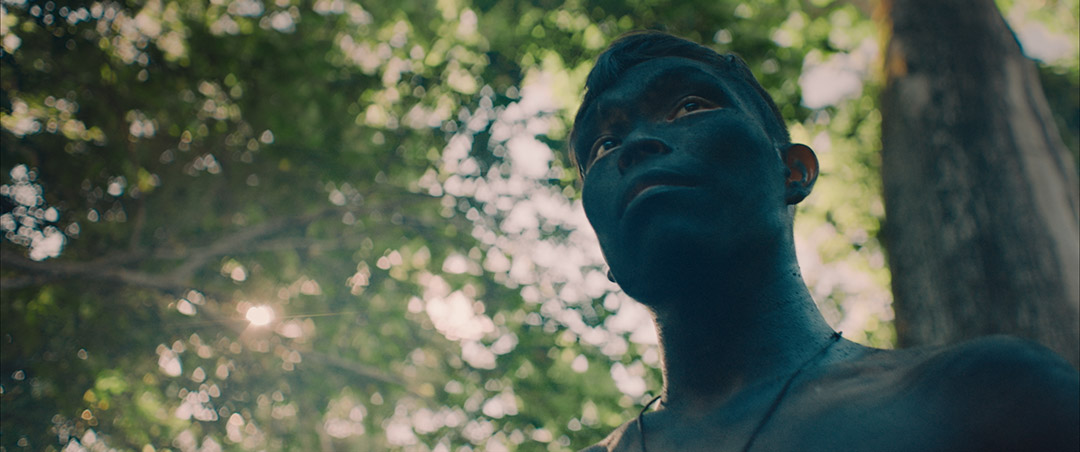







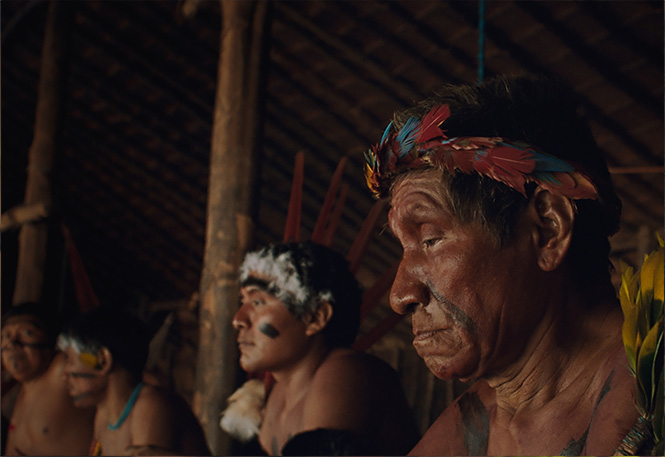
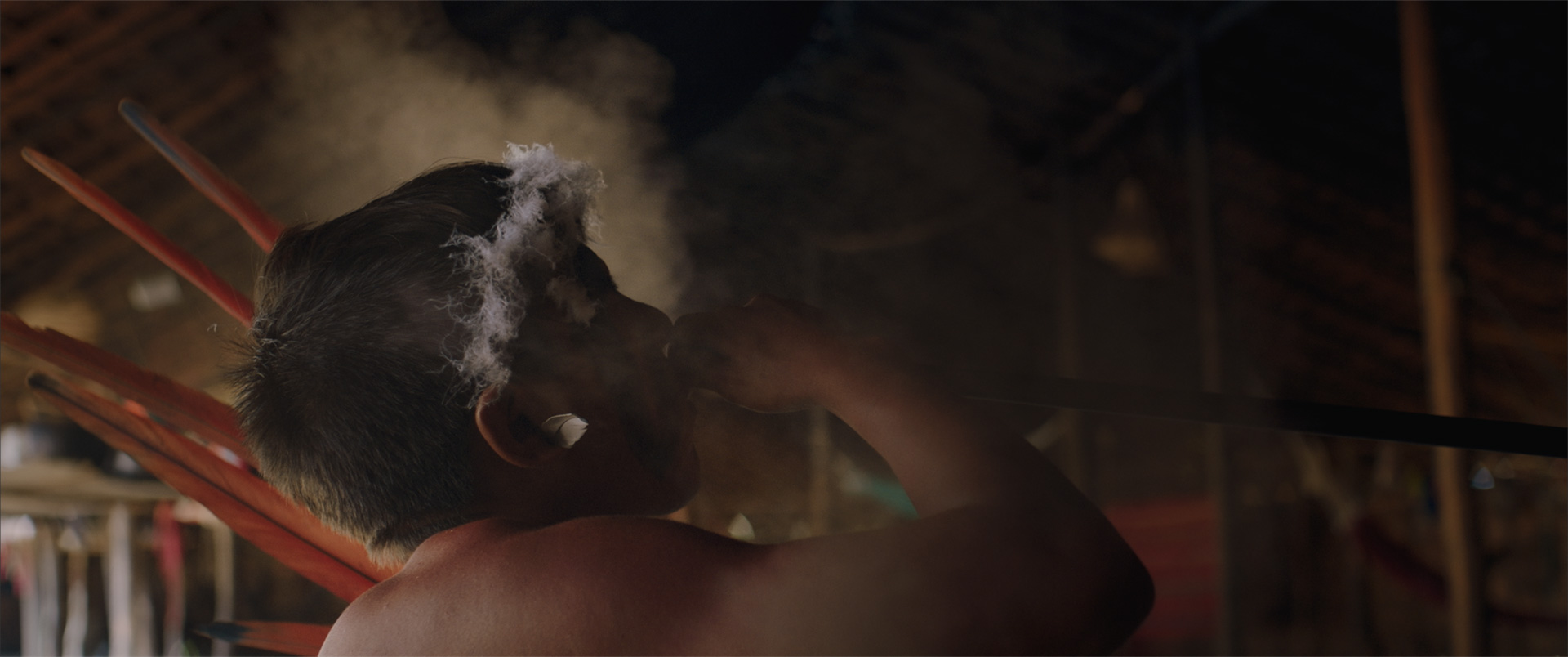


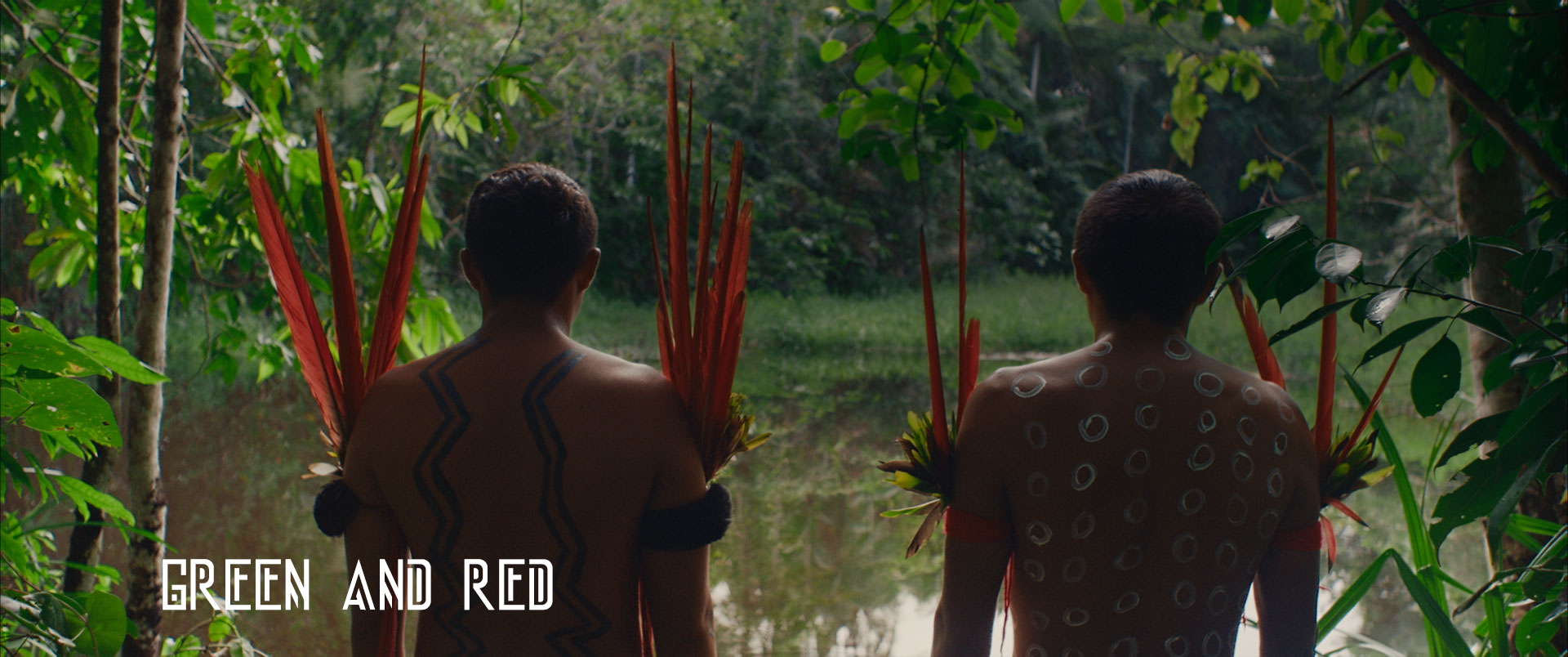


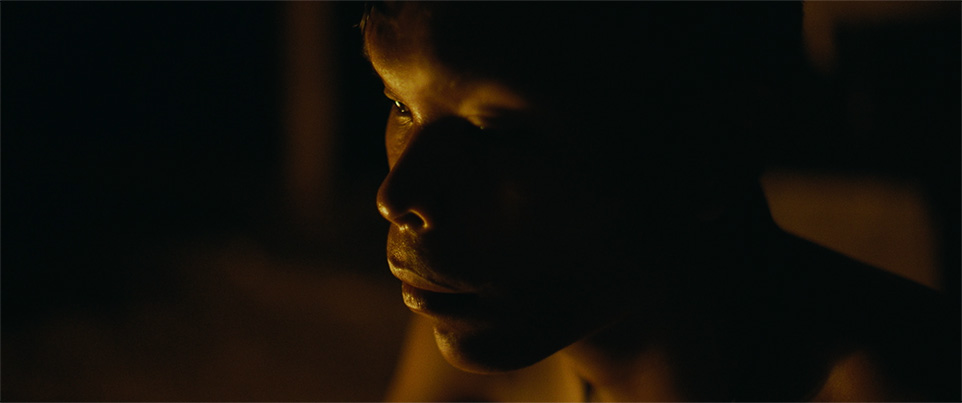
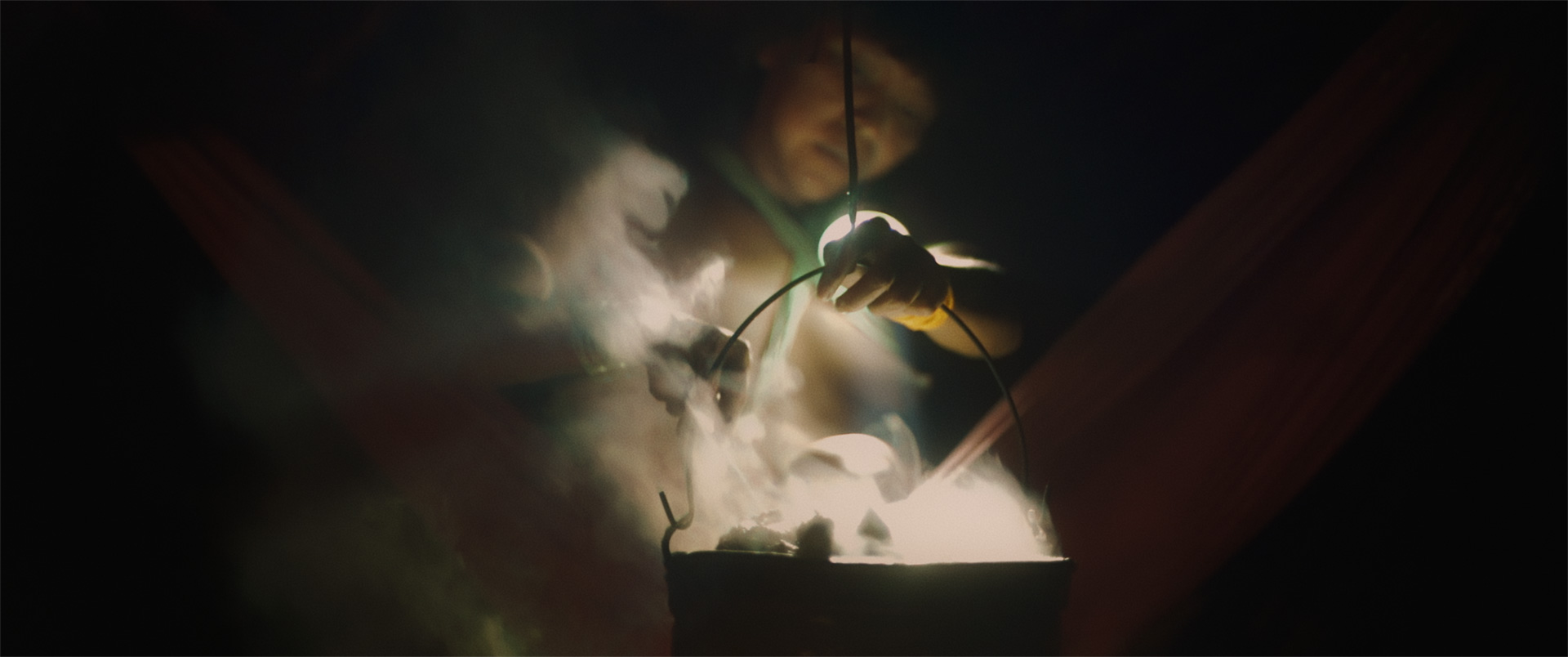
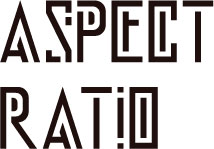


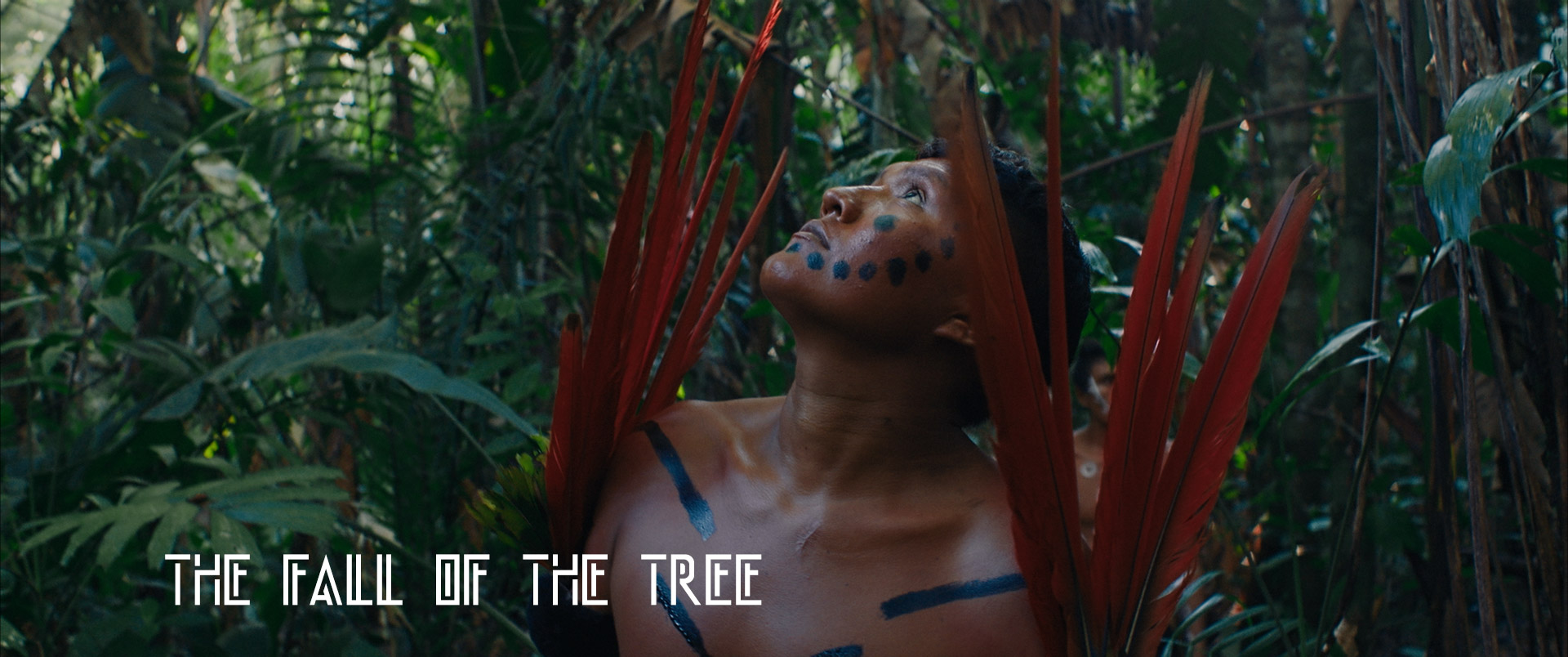
“The Last Forest” transformed me physically and emotionally, but I prefer not to mix my own story with the story of the movie. I have no problem saying that I had an accident while filming, that a tree fell on me, but I think we made this film to bring a voice to the Yanomami people, who have suffered and struggled for thousands of years. The narrative of the white man who had an accident making a film is, for me, a bit narcissistic, incomparable with their struggle for survival.
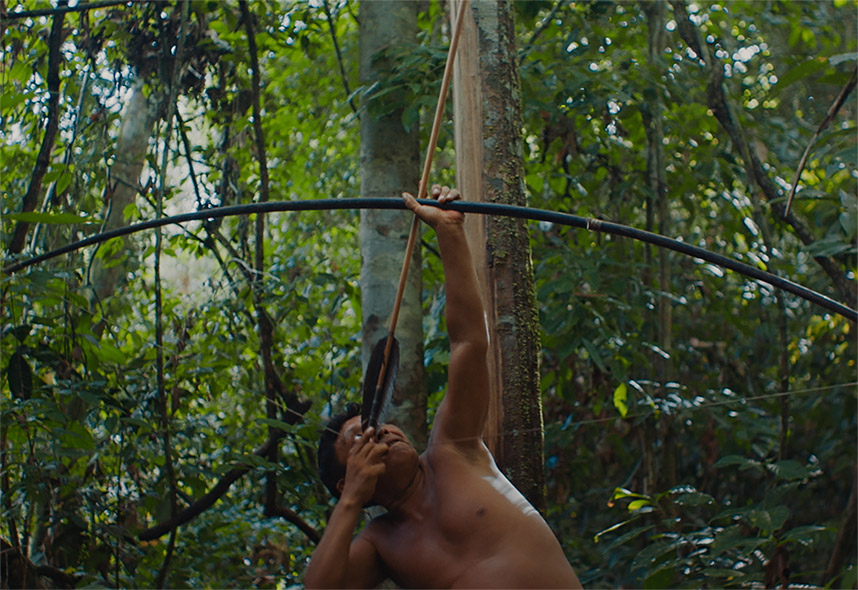


Spaniard Pedro J. Marquéz began his career as a film cinematographer in Madrid in 2000 and has since lived in the cities of São Paulo, Rio de Janeiro, Havana and Tokyo. After shooting two dozen shorts and documentaries over ten years, he shot the Spanish feature film “Secuestrados” (2010), a thriller made up of 12 long shots, shot in just 12 days. Thanks to the relevance of his work on this film, Japanese director Ryuhei Kitamura entrusted him with the Japanese super-production “Lupin The Third”, an adaptation of the homonymous manga. The film was a great success in Japan, with more than $23 million at the box office in 2015. In Cuba, he shot the po-lice feature film “Vientos de Habana” (2016) and the series “Four Seasons in Havana” (2016), from Netflix, winner of the Platino award. In Spain he also filmed the documentary “Saura(s)”, released in 2017, about filmmaker Carlos Saura, and the drama “Tu Hijo”, distributed by Netflix. In Brazil, he was the director of photography for the films “Como Nosso Pais” (winner of the Gramado Festival in 2017 and the Guarani Prize in 2018), “Ex-Pajé” (awarded at the Berlin Fes-tival in 2018 and at the É Tudo Verdade Festival), “The Last Forest” (winner of the public award at the Berlinale Panorama show in 2021) and “4×100: Correndo por um Sonho” (2021). He also shot the upcoming “A Viagem de Pedro”, the latest film by Laís Bodanzky, which hasn’t been released yet.
https://pjmarquez.com/

